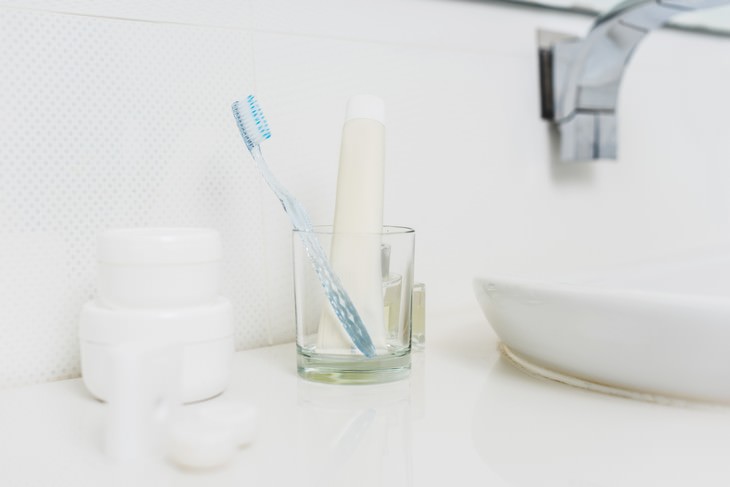5 Tips to Keep Your Toothbrush Truly Clean
Disinfecting
and maintaining cleanliness are some of the most talked-about topics
these days, in light of the Covid-19 pandemic. One of the items that
should always be kept in pristine condition, no matter what time of the
year it is, is the toothbrush. Appropriate cleaning, storage, and
replacement of toothbrushes are extremely important to prevent the
spread of diseases and maintain oral hygiene. The following tips detail
the best ways to do so.
How Toothbrushes Get Contaminated
- Mouth - Out
mouths are home to millions of germs, including those that live in the
plaque or on our teeth, such as those responsible for the development of
dental caries (cavities) called M. Sutans. Moreover, they come
in contact with saliva, blood, oral debris, and toothpaste. It’s no
surprise that some of these germs can collect on your toothbrush and be
transferred or re-introduced into your mouth during brushing. Even
visibly clean toothbrushes can retain some leftover potentially harmful
germs.
- Environment - Many people keep their toothbrush in the same space the toilet is found. When the toilet is flushed, the swirling water that removes waste from the bowl may mix up with small particles of the waste, containing bacteria called fecal coliform. According to studies, this bacteria can spread as far as 1.5 feet, and it’s perfectly possible for it to travel to your toothbrush. The same is true about the sink - bacteria and viruses could potentially be spread while you're washing your hands or other items in the sink.
1. Wash Your Hands Before and After Use
Wash
Your Hands is probably something you've heard quite a lot recently. And
it isn’t just a piece of empty advice, the fight against coronavirus
has really put an emphasis on how effectively a simple hand wash annihilates bacteria.
Your hands are the main source of transmission of germs, bacteria, and
viruses because they come in contact with the biggest variety of
surfaces and objects.
Washing
your hands thoroughly for 20 seconds at least, before and after
brushing your teeth is the simplest way to prevent unwanted
microorganisms from ending up on your toothbrush. “People are vulnerable
to the germs that end up on their hands and under their fingernail beds.”
2. Use Warm Water For Rinsing
Don’t
underestimate the importance of rinsing your toothbrush well after use
to remove any remaining food particles, toothpaste, and plaque debris.
Warm water will loosen up the bristles and remove debris more
effectively. Additionally, wipe down the handle. because bacteria can
build up there as saliva and water run down the brush.
3. Proper Storage is Essential
Correct
storage is key when it comes to toothbrush hygiene. Always opt for air
drying it after rinsing, as the bacteria that live on toothbrushes are
anaerobic, which means they die in the presence of oxygen. It may seem
like a good idea to use a cover for the bristles, to prevent contact
with contaminated air particles but that is wrong!
Exposure
to oxygen will kill most of the germs, while closed containers will
make them flourish. Instead of covering the toothbrush, keep it as far
away from the toilet as possible, and close the toilet lid before and
after flushing. Another common mistake is to keep all of the household
members’ toothbrushes in the same holder. This is a popular habit, but
it is actually recommended to keep them separate and at a distance from
each other, as germs also spread from brush to brush.
